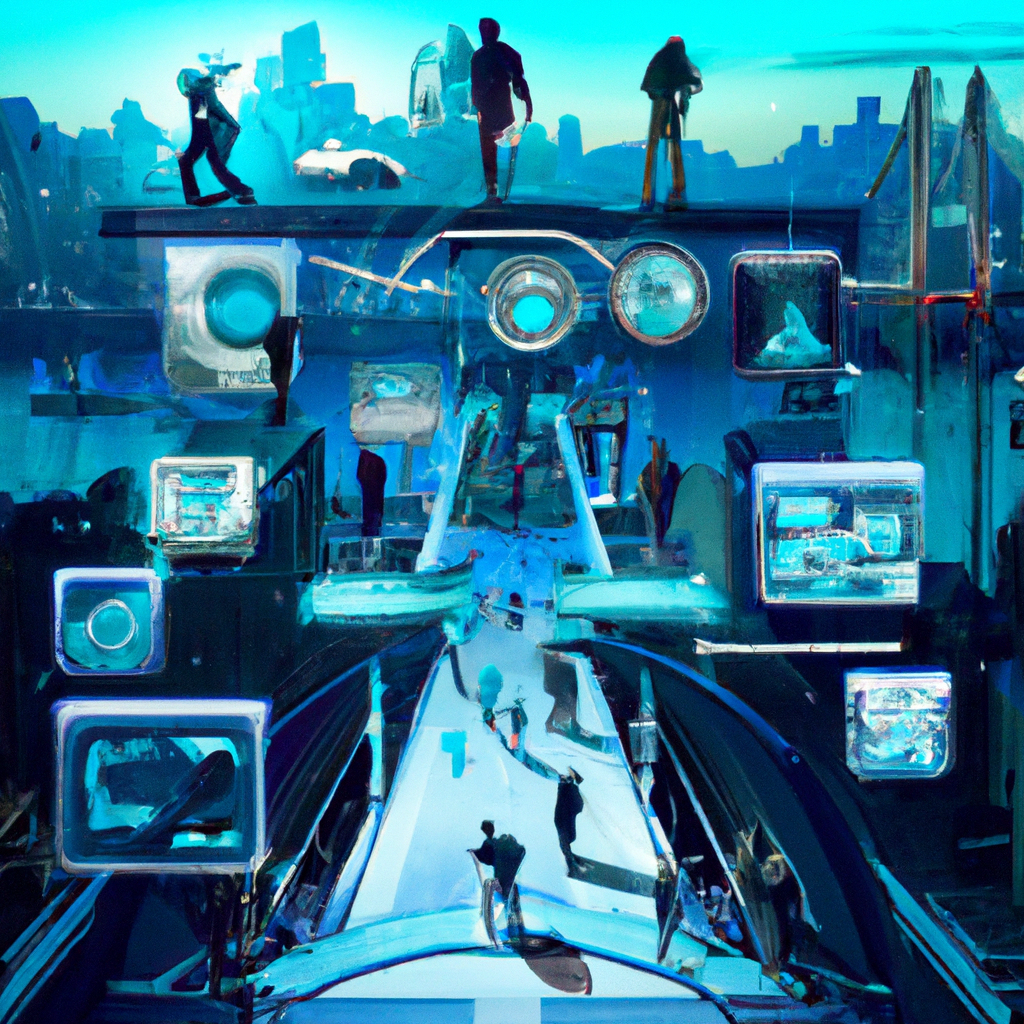Revolutionizing Reality: How Augmented Reality Changed the Tech Game
In the ever-evolving landscape of technology, augmented reality (AR) has emerged as a transformative force, reshaping industries and enhancing our daily experiences. From its early experimental stages to becoming a staple in various sectors, AR’s journey is a testament to innovation and adaptation.
The Origins of Augmented Reality
The concept of AR first took shape in the 1960s, with computer scientist Ivan Sutherland’s development of the first head-mounted display system. However, the term ‘Augmented Reality’ was not coined until 1990 by Boeing researcher Tom Caudell. These foundational ideas set the stage for what would become a multi-faceted industry.
AR in Consumer Technology
By the mid-2010s, AR had begun to infiltrate the consumer market, with applications ranging from gaming to retail. The launch of platforms like ARKit by Apple and ARCore by Google democratized AR technology, making it more accessible to developers and users alike. This era saw the rise of AR-driven games like Pokémon GO, which became a global phenomenon, altering how games were played by integrating the digital and physical worlds.
Industrial and Educational Applications
AR’s impact extends beyond entertainment. In industries such as manufacturing, AR devices like Microsoft HoloLens are used for training and to assist in complex assembly processes, enhancing accuracy and efficiency. In education, AR applications bring interactive and immersive learning experiences, making complex subjects like anatomy and astronomy more accessible and engaging.
The Future of Augmented Reality
As we move into 2025, the potential applications of AR are expanding. With advancements in AI and machine learning, AR experiences are becoming more intelligent and context-aware. This evolution is not only enhancing user experience but also paving the way for future innovations in various sectors, promising an even more integrated approach to augmented reality in our daily lives.
Augmented reality continues to be a key player in the technological revolution, with its ability to blend digital information with the real world, creating limitless possibilities for the future.






